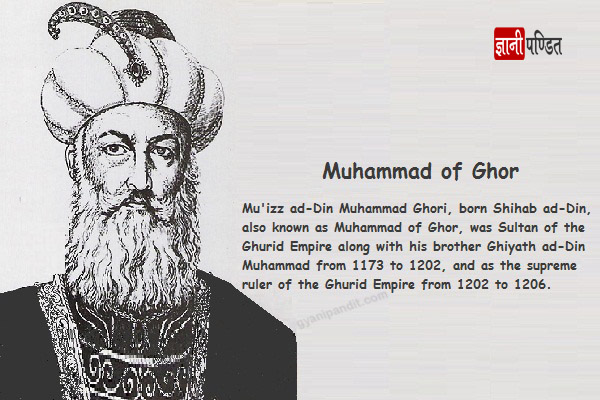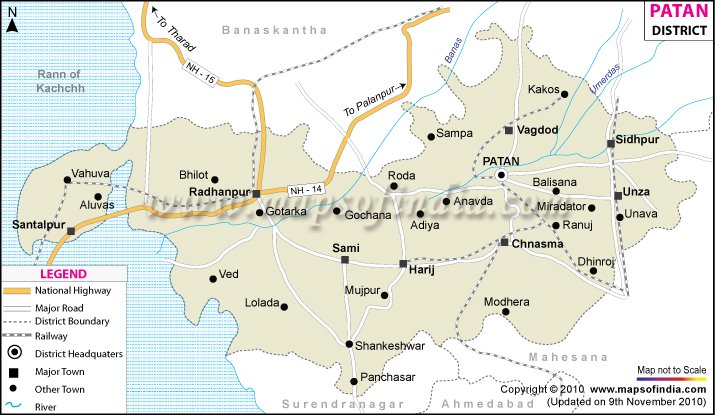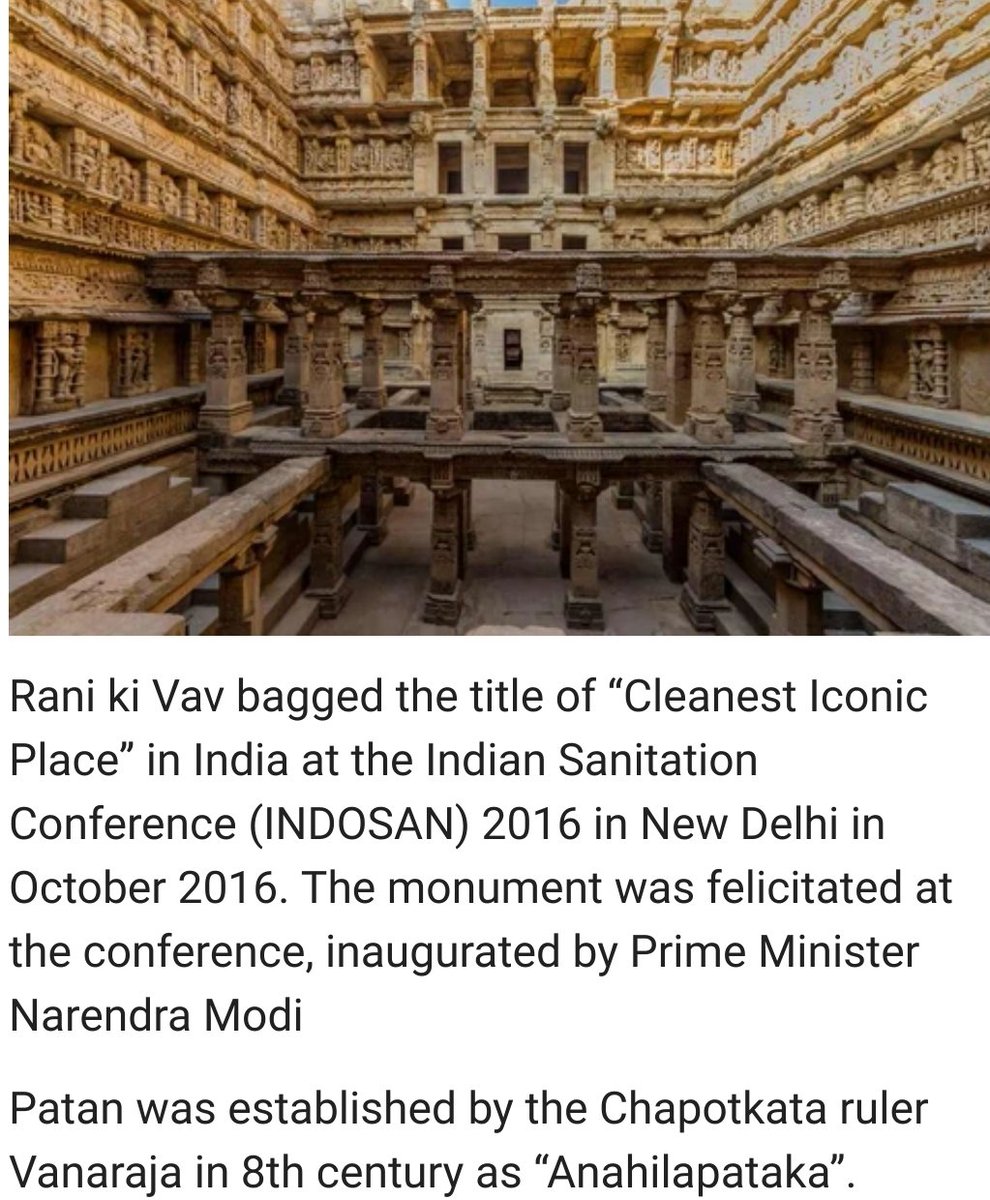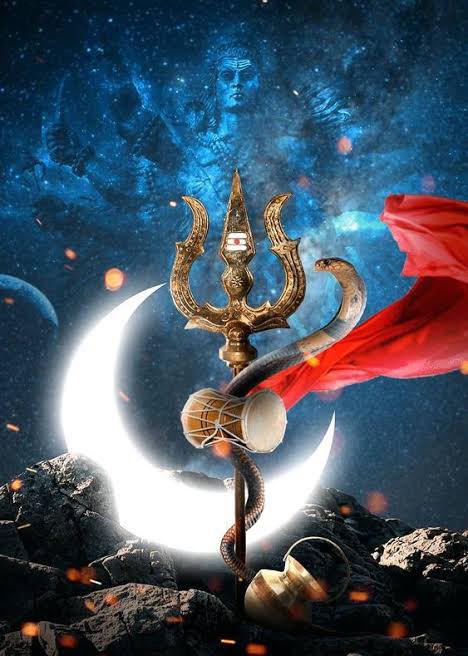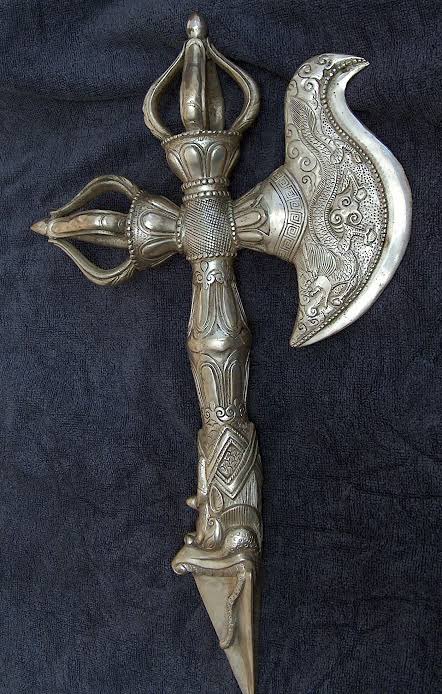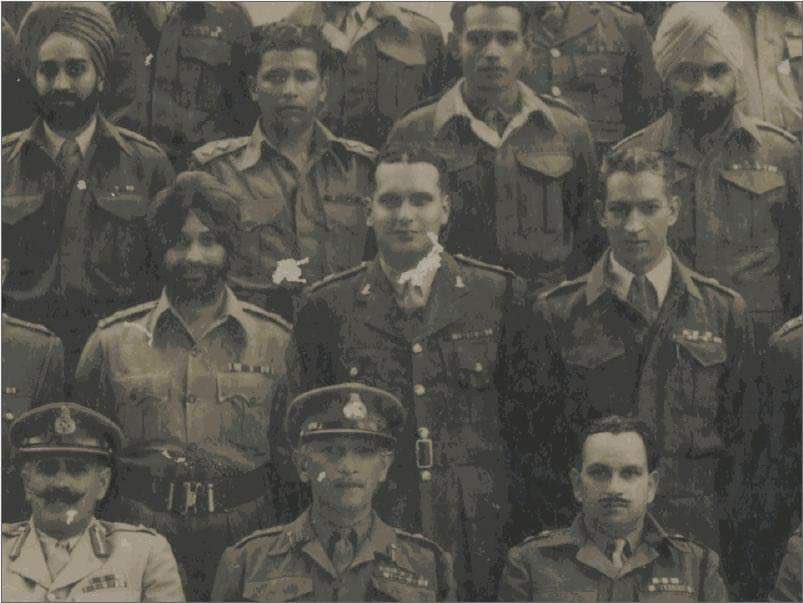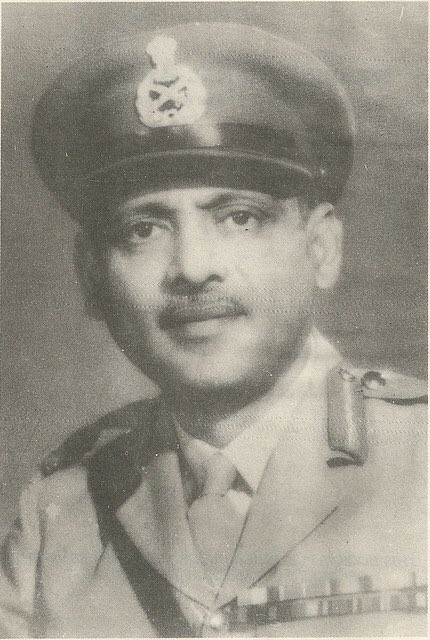There are many mosques all over India which are known to local tradition and the Archaeological Survey of India as built on the site of and, quite frequently, from the materials of, demolished Hindu temples.
Most of them carry inscriptions invoking Allah and the Prophet, quoting the Quran and giving details of when, how and by whom they were constructed. The inscriptions have been deciphered and connected to their historical context by learned Muslim epigraphists.
They have been published by the Archaeological Survey of India in its Epigraphia Indica Arabic and Persian Supplement, an annual which appeared first in 1907-08 as Epigraphia Indo-Moslemica.
The following few inscriptions have been selected in order to show that-
(1) Destruction of Hindu temples continued throughout the period of Muslim domination
(2) It covered all parts of India-east, west, north, and south;
(3) All Muslim dynasties, imperial and provincial, participated in the "pious performance".
1. Quwwat al-Islam Masjid, Qutb Minar, Delhi:
Inscription-
"This fort was conquered and the Jami Masjid built in the year 587 by the Amir... the slave of the Sultan, may Allah strengthen his helpers. The materials of 27 idol temples, on each of which 2,000,000 Delhiwals had been spent were used in the (construction of) the mosque..."
The Amir here referred was Qutbud-Din Aibak, slave of Muizzud-Din Muhammad Ghori. The year 587 H. corresponds to 1192 A.D. "Delhiwal" was a high-denomination coin current at that time in Delhi.
2) Masjid at Manvi in the Raichur District of Karnataka:
Inscription-
"Praise be to Allah that by the decree of the Parvardigar, a mosque has been converted out of a temple as a sign of religion in the reign of...the Sultan who is the asylum of Faith...Firuz Shah Bahmani who is the cause of exuberant spring in the garden of religion"
The inscription mentions the year 1406-07 A.D. as the time of construction.
3. Jami Masjid at Malan, Palanpur Taluka, Banaskantha District of Gujarat:
Inscription-
"The Jami Masjid was built by Khan-i-Azam Ulugh Khan who suppressed the wretched infidels. He eradicated the idolatrous houses and mine of infidelity, along with the idols...with the edge of the sword, and made ready this edifice...He made its walls and doors out of the idols."
The date of construction is mentioned as 1462 A.D. in the reign of Mahmud Shah I (Begada) of Gujarat.
4. Hamman Darwaza Masjid at Jaunpur in Uttar Pradesh:
Inscription-
"Thanks that by the guidance of the Everlasting and the Living (Allah), this house of infidelity became the niche of prayer. As a reward for that, the Generous Lord constructed an abode for the builder in paradise"
Its chronogram yields the year 1567 A.D. in the reign of Akbar, the Great Mughal. A local historian, Fasihud-Din, tells us that the temple had been built earlier by Diwan Lachhman Das, an official of the Mughal Government.
5) Jami Masjid at Ghoda in the Poona District of Maharashtra:
Inscription-
"O Allah! O Muhammad! O Ali! When Mir Muhammad Zaman made up his mind, he opened the door of prosperity on himself by his own hand. He demolished thirty three idol temples (and) by divine grace laid the foundation of a building in this abode of perdition"
The inscription is dated 1586 A.D. when the Poona region was ruled by the Nizam Shahi sultans of Ahmadnagar.
6. Gachinala Masjid at Cumbum in the Kurnool District of Andhra Pradesh:
Inscription-
"Allah, may he be glorified. During the august rule of Muhammad Shah, there was a well-established idol-house in Kuhmum...Muhammad Salih who prospers in the rectitude of the affairs of Faith...razed to the ground+
the edifice of the idol-house and broke the idols in a manly fashion. He constructed on its site a suitable mosque, towering above the buildings of all"
The date of construction is mentioned as 1729 30 A.D. in the reign of the Mughal Emperor Muhammad Shah.
Though sites of demolished Hindu temples were mostly used for building mosques and Idgabs, temple materials were often used in other Muslim monuments as well.
Archaeologists have discovered such materials, architectural as well as sculptural, in quite a few forts, palaces, maqbaras, Sufi khanqahs, madrasas, etc. In Srinagar, Kashmir, temple materials can be seen in long stretches of the stone embankments on both sides of the Jhelum.
Two inscriptions on the walls of the Gopi Talav, a stepped well at Surat, tell us that the well was constructed by Haider Quli, the Mughal governor of Gujarat, in 1718 A.D. in the reign of Farrukh Siyar. One of them says that "its bricks were taken from an idol temple."
The other informs us that "Haider Quli Khan, during whose period tyranny has become extinct, laid waste several idol temples in order to make this strong building firm..."
(1933-34 Edition, pp.37-44).










